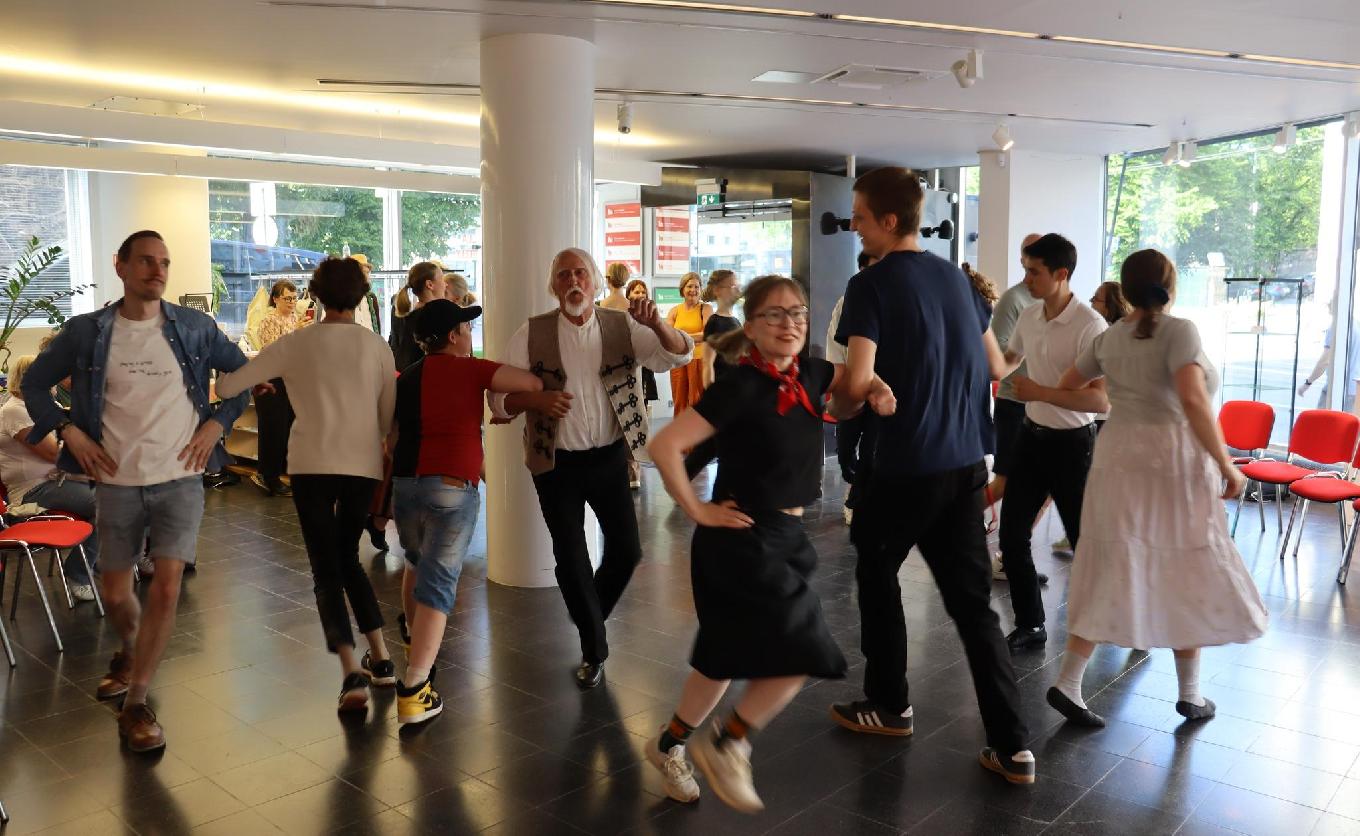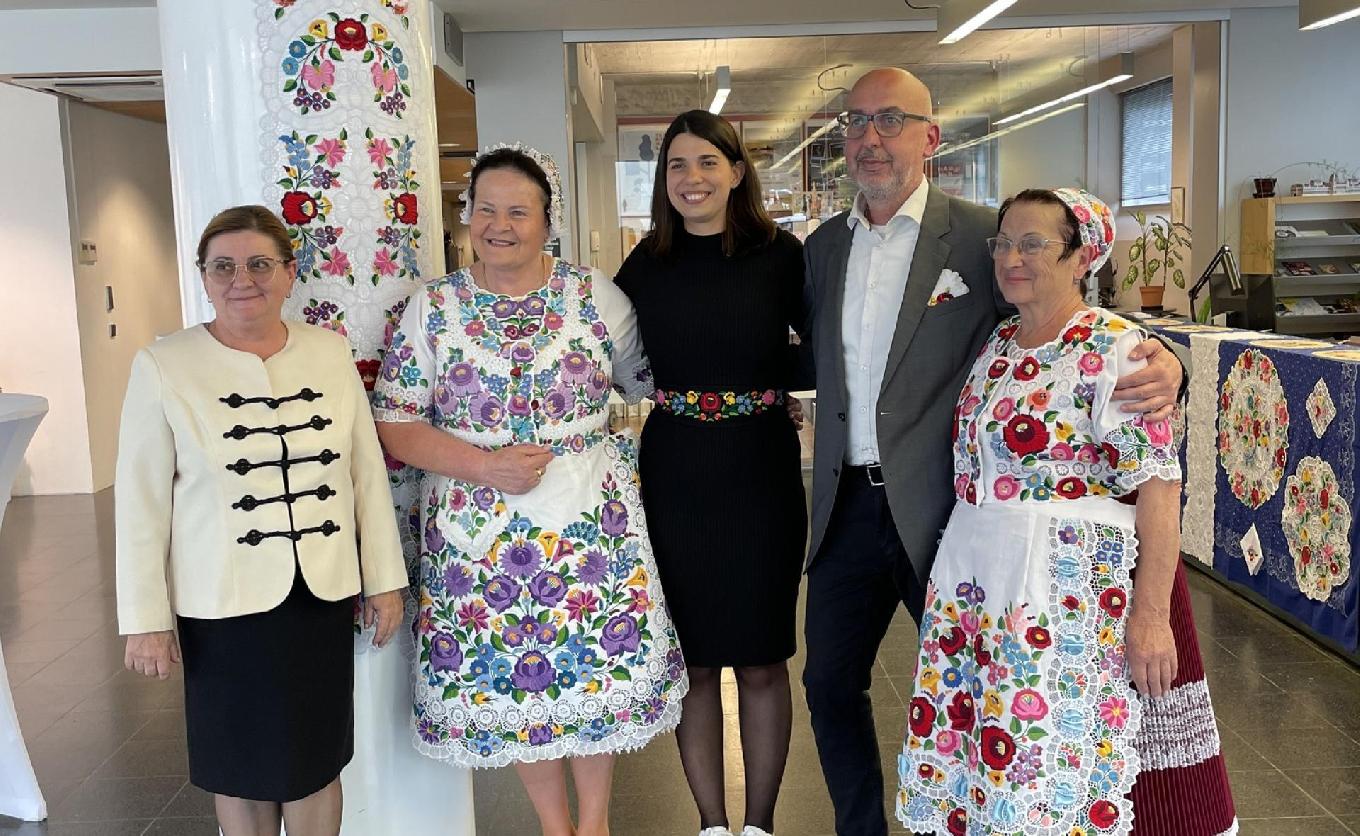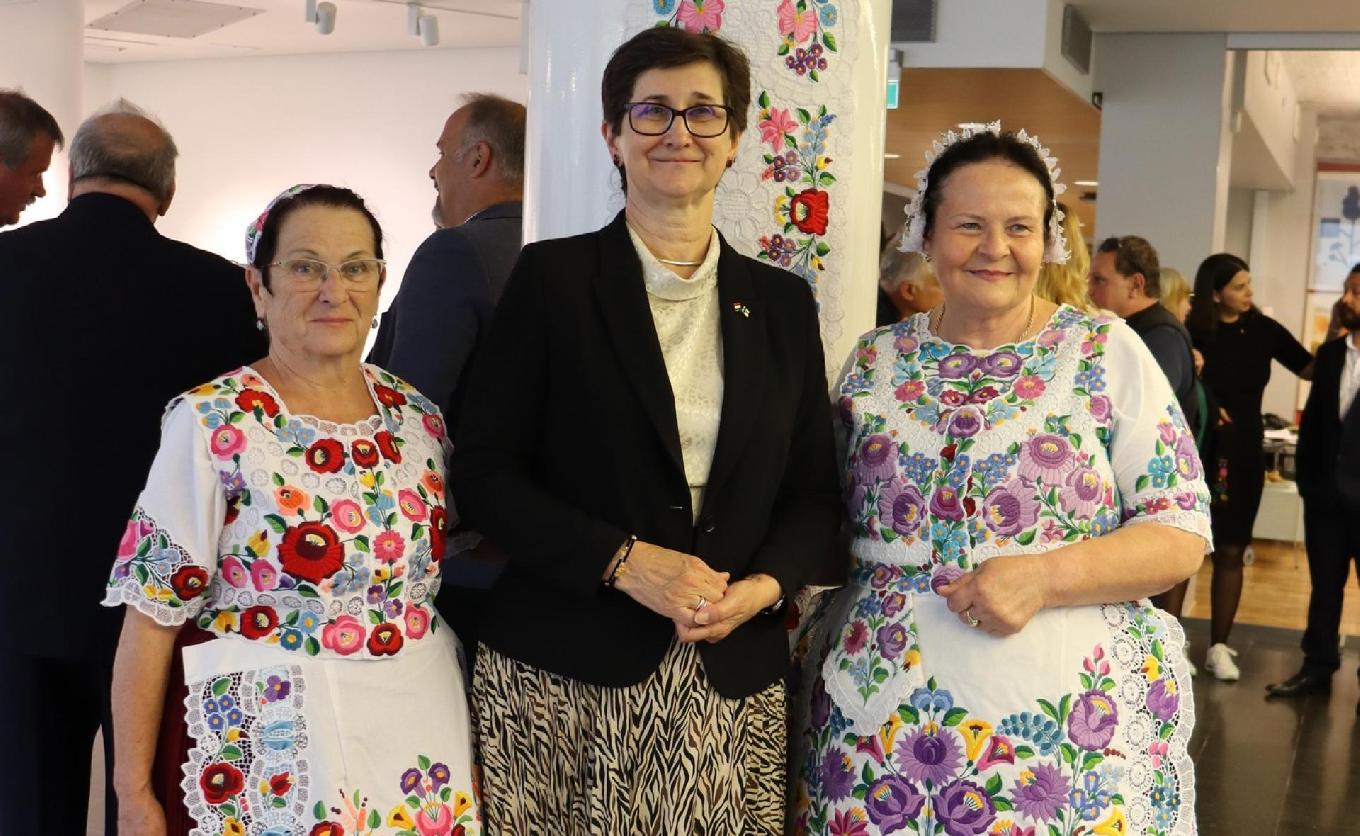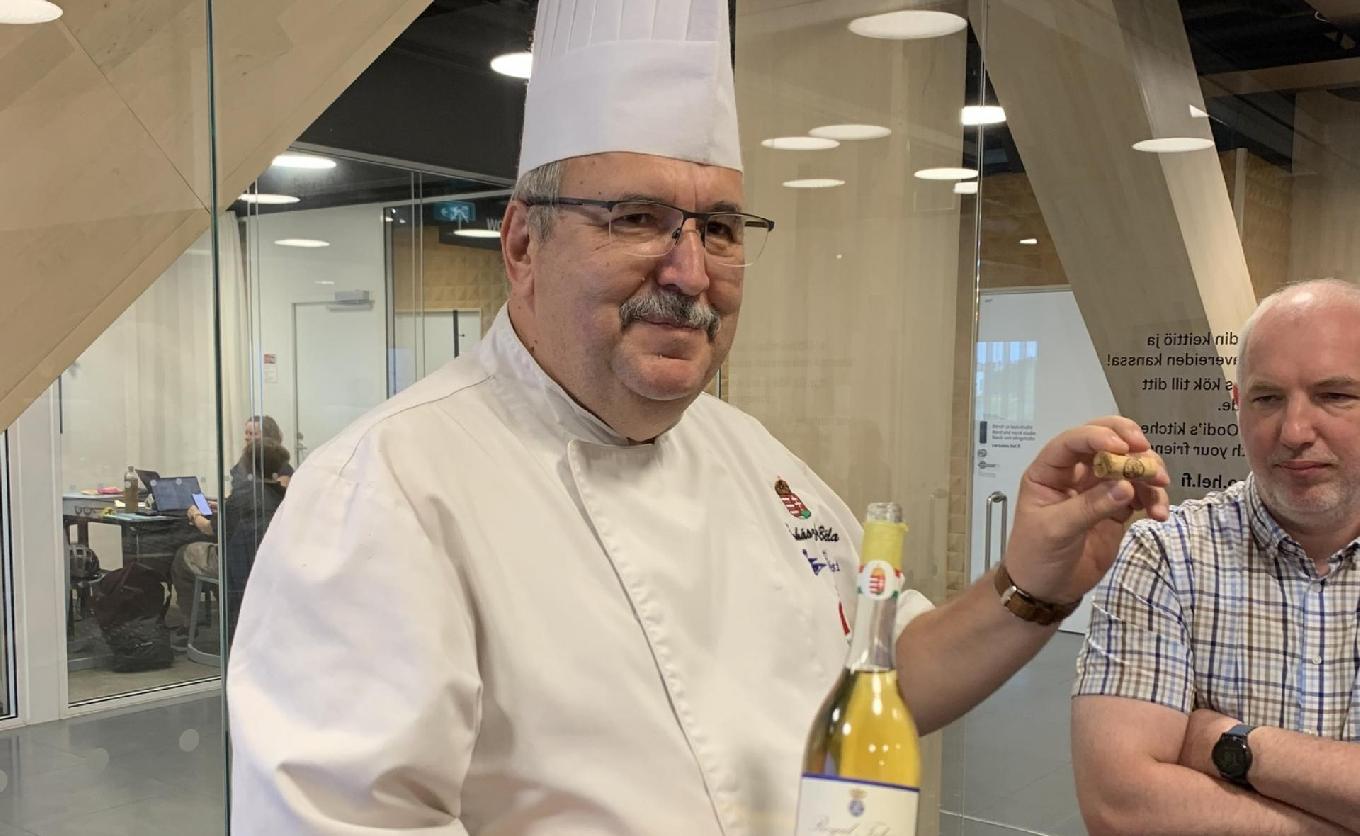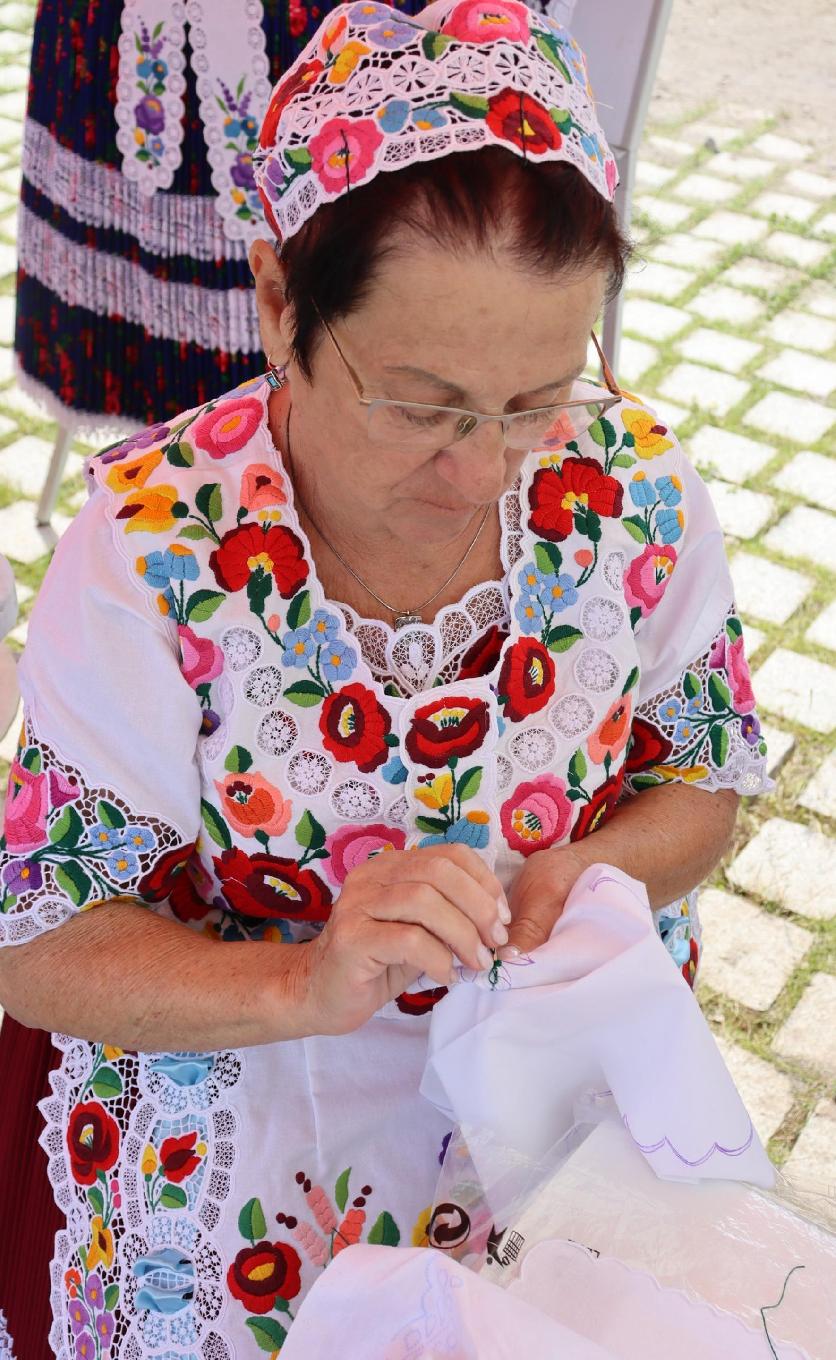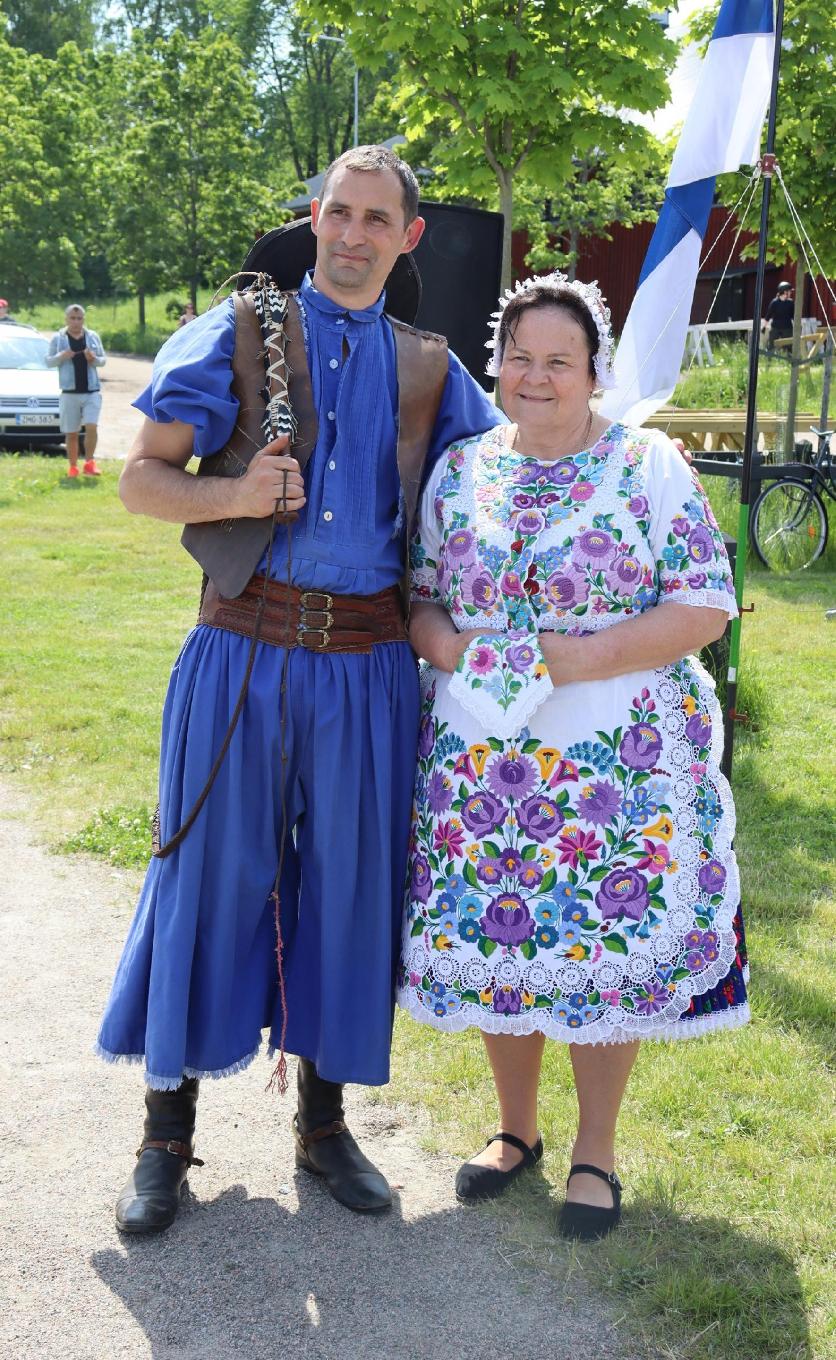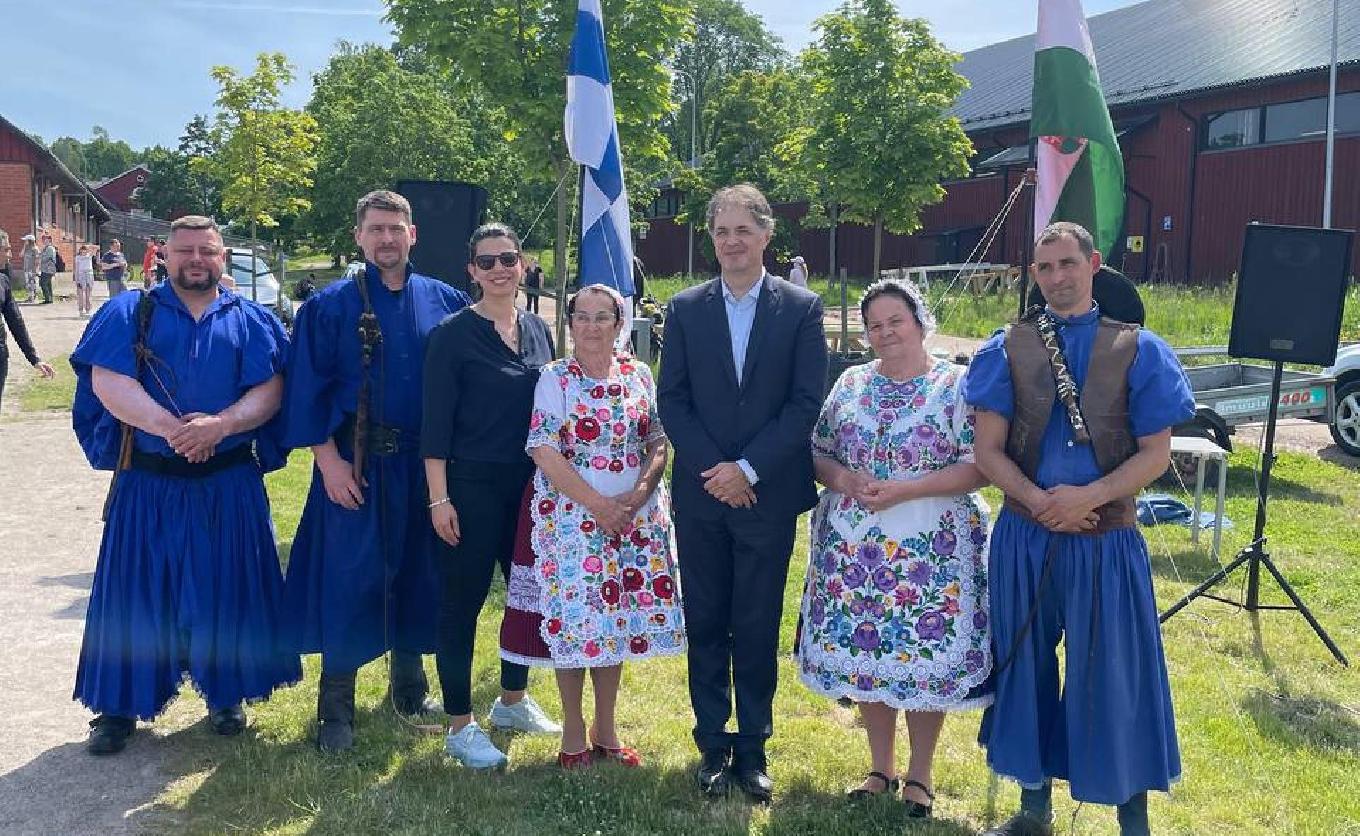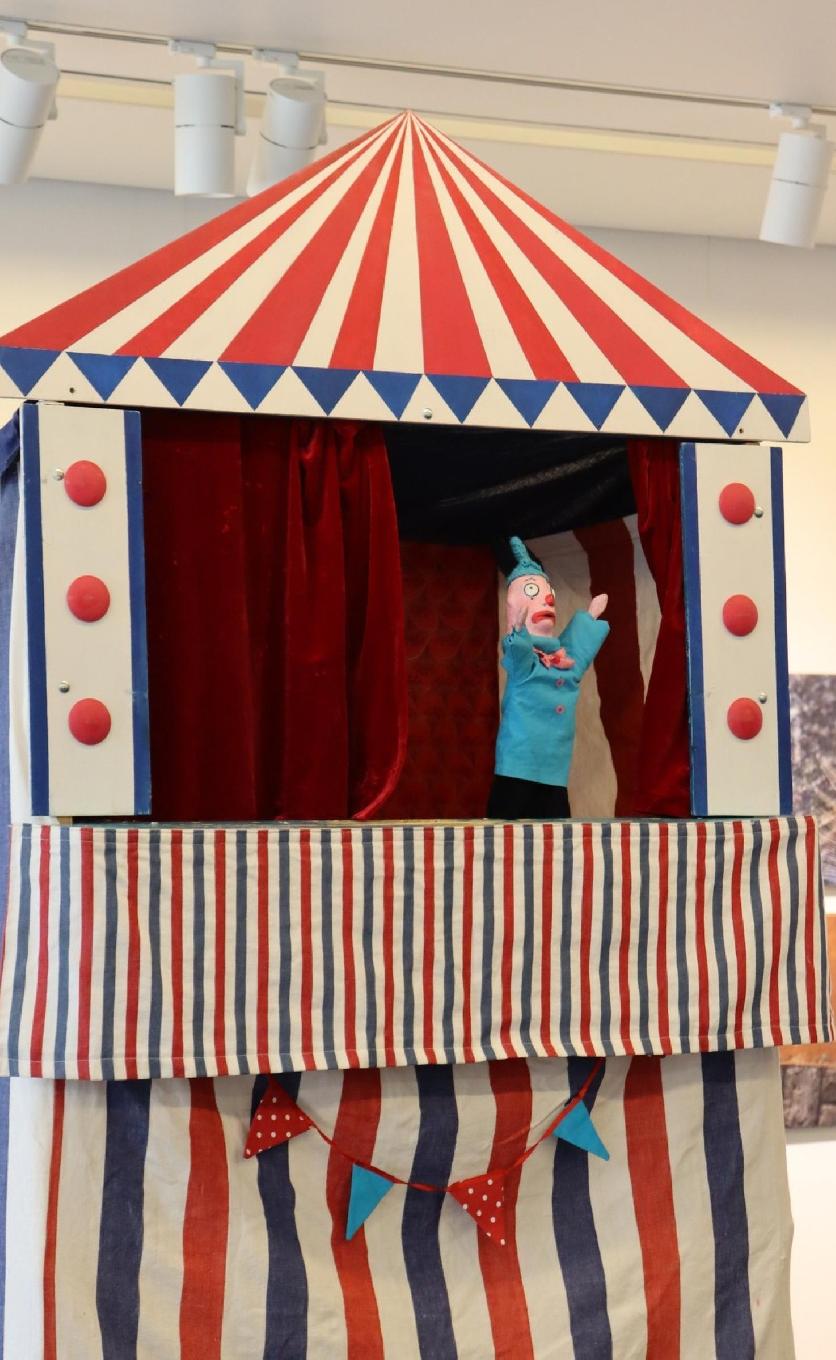
The Hungarikum Days Were a Great Success at the Liszt Institute Helsinki
The Hungarikum Days were organized by the Liszt Institute Helsinki in cooperation with the Hungarian Ministry of Agriculture and its Hungarikum Department, with the aim of introducing the beauty of Hungarian traditions to the local community. The event series – which included a Hungarian-Finnish dance house, a traditional Hungarian horseman (csikós) show, folk games, and open-air cooking (bográcsozás) – placed a special emphasis on the traditional flavors of Hungarian cuisine. In addition to this large-scale program, a family festival titled Liszt Puppet Theatre Days was also held, and the artworks of Roma students from the Gandhi Secondary School in Pécs were exhibited at the institute. Visual artist Ildikó Pajor’s exhibition Sound–Color–Image for Sibelius was met with unanimous praise from attendees, as was the film screening and personal appearance of film director Mihály Schwechtje.
On May 30–31, the Liszt Institute Helsinki organized a family festival titled Liszt Puppet Theatre Days in the Finnish capital. The event featured performances, an exhibition, a panel discussion, and interactive workshops for visitors of all ages. The program began with the opening of puppet artist Erzsébet Tamás’s The Call of the Forest exhibition, followed by an English-language panel discussion exploring the connection between puppet theatre, children's literature, and education. On May 31, the Institute welcomed families for a joyful, experience-rich day filled with puppet shows, creative workshops, and storytelling sessions.
On May 8, the Gandhi Secondary School of Pécs opened an exhibition titled The Carousel of Life – Photographs by Roma Youth at the Liszt Institute Helsinki. The photo exhibition featured works created by Roma students from the school, offering visitors a glimpse into their everyday lives, unique experiences, and cultural heritage. The exhibition was opened by Ambassador Klára Breuer. Speeches were delivered by Dr. Sándor János Horváth, Director General of the Directorate-General for Social Opportunities, and by photographer Péter Marsalkó, who is mentor at the Gandhi Secondary School. Beyond providing an artistic experience, the exhibition served as a cultural bridge, drawing strong interest both professionally and internationally. The personal stories behind the photographs resonated with many, and the exhibit attracted a total of 137 visitors.
The Institute welcomed visitors with unique cultural experience: painter Ildikó Pajor’s Sound–Color–Image for Sibelius exhibition was met with unanimous acclaim from the audience. As a founding member of the Hungarian Sibelius Society, the artist granted this exhibition to the Liszt Institute. The works are visual interpretations of the music of world-renowned Finnish composer Jean Sibelius. Fittingly located near the Sibelius Academy, the exhibition is easily accessible to its students and faculty, who encounter the artworks daily. So far, the exhibition has attracted around 500 visitors, primarily from the host country’s interested public. The exhibition is open to the public from May 15 to June 30, 2025.
On May 23, a special film evening featured the screening of Hedgehog Hunt, the latest film by Hungarian director Mihály Schwechtje, at the Laikku Cultural Centre in Tampere. The event was organized in cooperation between the Liszt Institute, the City of Tampere, and the Finnish–Hungarian Society of Tampere. Following the screening, the audience had the opportunity to meet the director in person and engage in an informal conversation about the film and his creative process. Interpretation was provided by Kasperi Hasala, president of the Finnish–Hungarian Society of Tampere. The evening offered not only a rich cultural experience but also a unique chance for the Finnish audience to gain deeper insight into contemporary Hungarian cinema and into the work of an artist who addresses current social issues with sensitivity and honesty through his films.
The Liszt Institute Helsinki hosted Hungarikum Days from June 12 to 14, 2025, offering locals a vibrant introduction to Hungarian music, dance, and cuisine. The program series began with the opening of the exhibition Hungarikums Around the World, where speeches were delivered by Zsolt V. Németh, Ministerial Commissioner for Hungarikums and State Secretary for Water Management; Gábor Csaba, Deputy State Secretary for Cultural Diplomacy; Beatrix Miklós, Director of the Hungarikum Program Office; and Ambassador Klára Breuer. As part of the event series, Béla Prohászka, Vice President of the Hungarian National Values and Hungarikums Association, along with Balázs Mucsi and Márk Szamosi, held three live cooking sessions. A Finnish–Hungarian dance house also drew great interest and engagement from the local audience. The highlight of Hungarikum Days was a cheerful and atmospheric family day at the Tuomarinkartano Riding School, where Hungarian culture took center stage. Attendees enjoyed a spectacular horse show by Gyula Moldováni and tasted traditional Hungarian dishes cooked in open kettles, including Palóc soup and Jókai bean soup. Traditional Hungarian craftsmanship was showcased through demonstrations of Kalocsa-style embroidery and wall painting, while local musician Lajos Oláh performed on the tárogató and bagpipes. The event was made possible with the support of the Hungarikum Department of the Ministry of Agriculture.

